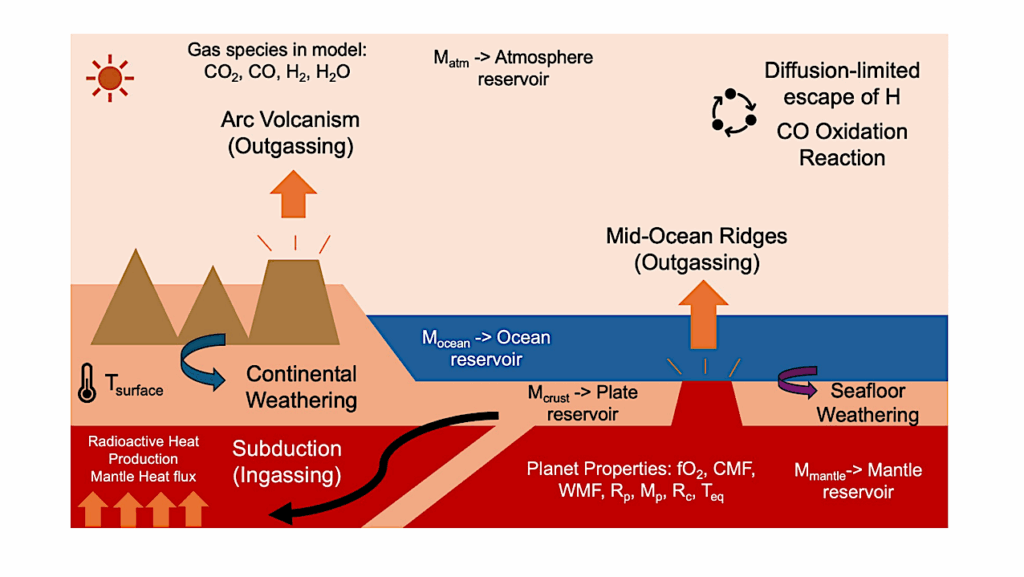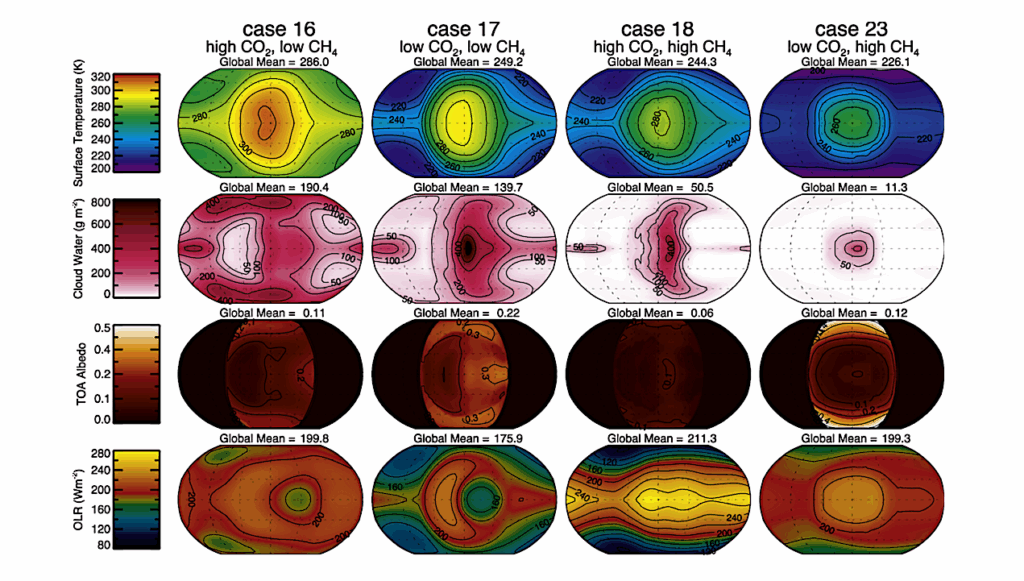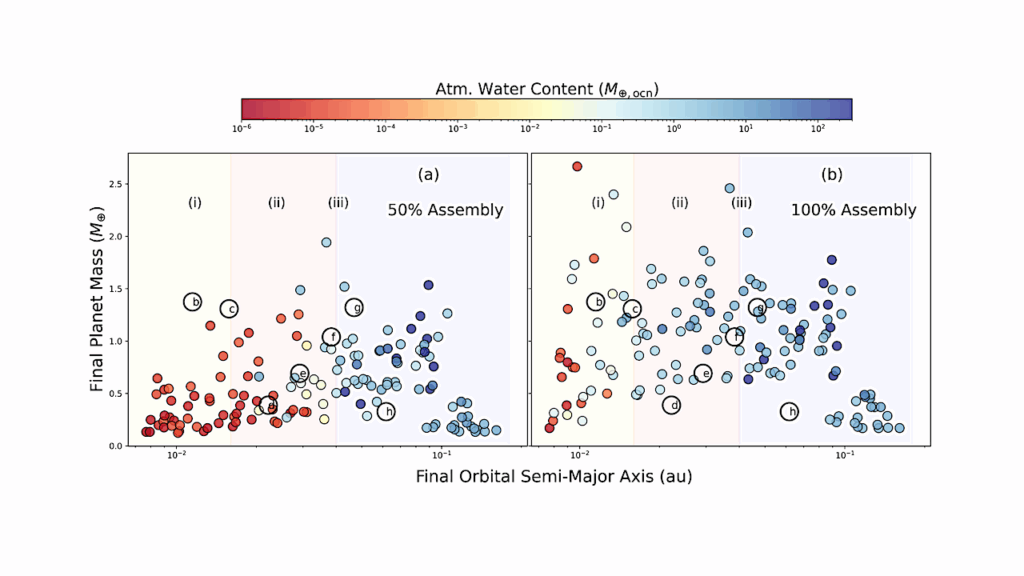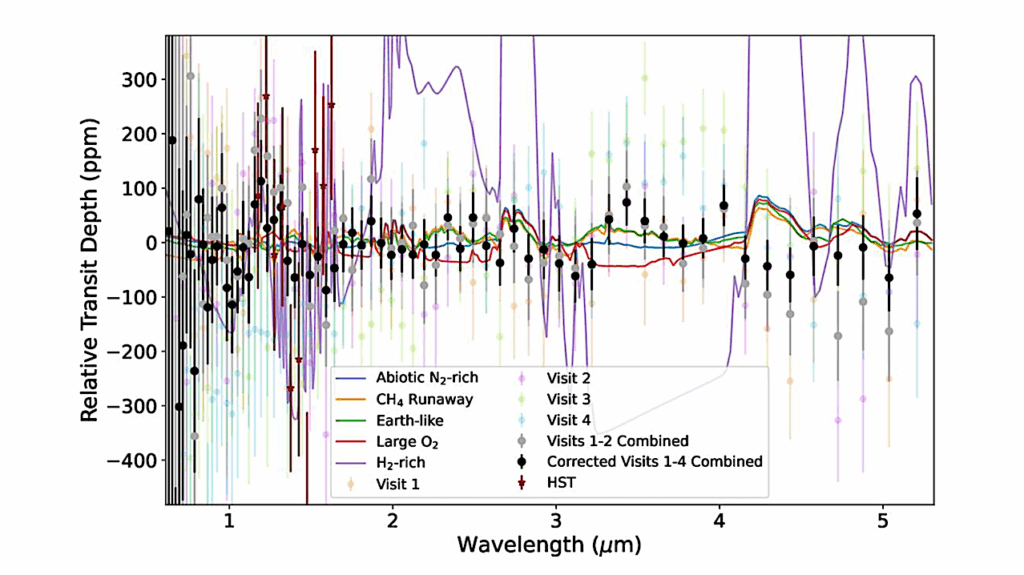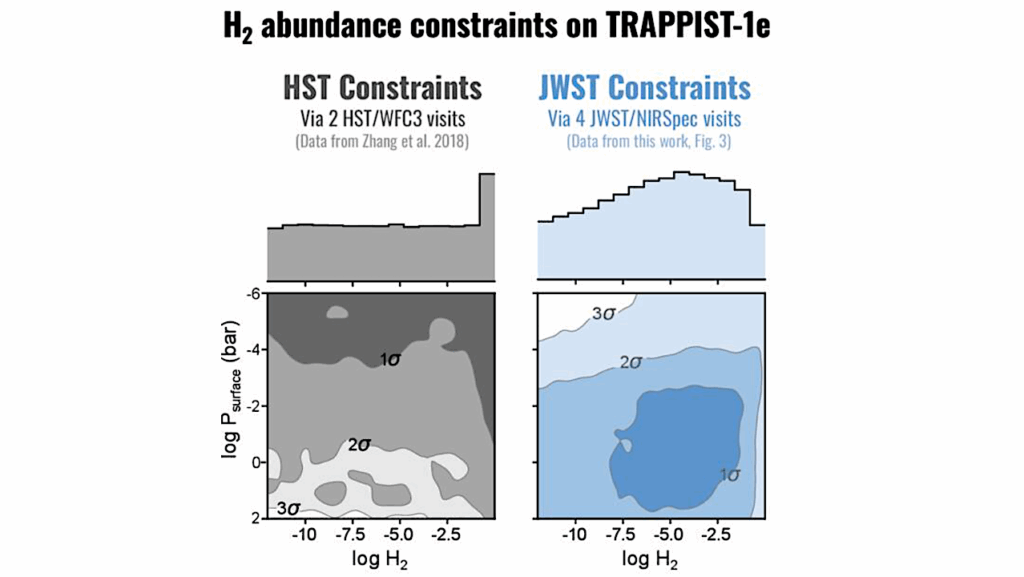Characterisation Of The Hydrospheres Of TRAPPIST-1 Planets

Context. Planetary mass and radius data are showing a wide variety in densities of low-mass exoplanets. This includes sub-Neptunes, whose low densities can be explained with the presence of a volatile-rich layer. Water is one of the most abundant volatiles, which can be in the form of different phases depending on the planetary surface conditions.
To constrain their composition and interior structure, it is required to develop models that calculate accurately the properties of water at its different phases. Aims. We present an interior structure model that includes a multiphase water layer with steam, supercritical and condensed phases. We derive the constraints for planetary compositional parameters and their uncertainties, focusing on the multiplanetary system TRAPPIST-1, which presents both warm and temperate planets. Methods.
We use a 1D steam atmosphere in radiative-convective equilibrium with an interior whose water layer is in supercritical phase self-consistently. For temperate surface conditions, we implement liquid and ice Ih to ice VII phases in the hydrosphere. We adopt a MCMC inversion scheme to derive the probability distributions of core and water compositional parameters Results.
We refine the composition of all planets and derive atmospheric parameters for planets b and c. The latter would be in a post-runaway greenhouse state and could be extended enough to be probed by space mission such as JWST. Planets d to h present condensed ice phases, with maximum water mass fractions below 20%. Conclusions. The derived amounts of water for TRAPPIST-1 planets show a general increase with semi-major axis, with the exception of planet d. This deviation from the trend could be due to formation mechanisms, such as migration and an enrichment of water in the region where planet d formed, or an extended CO2-rich atmosphere.
Lorena Acuña, Magali Deleuil, Olivier Mousis, Emmanuel Marcq, Maëva Levesque, Artyom Aguichine
Comments: 11 pages, 7 figures. Accepted by Astronomy & Astrophysics (in press)
Subjects: Earth and Planetary Astrophysics (astro-ph.EP)
Cite as: arXiv:2101.08172 [astro-ph.EP] (or arXiv:2101.08172v1 [astro-ph.EP] for this version)
Submission history
From: Lorena Acuña [view email]
[v1] Wed, 20 Jan 2021 15:07:31 UTC (4,960 KB)
https://arxiv.org/abs/2101.08172
Astrobiology,


